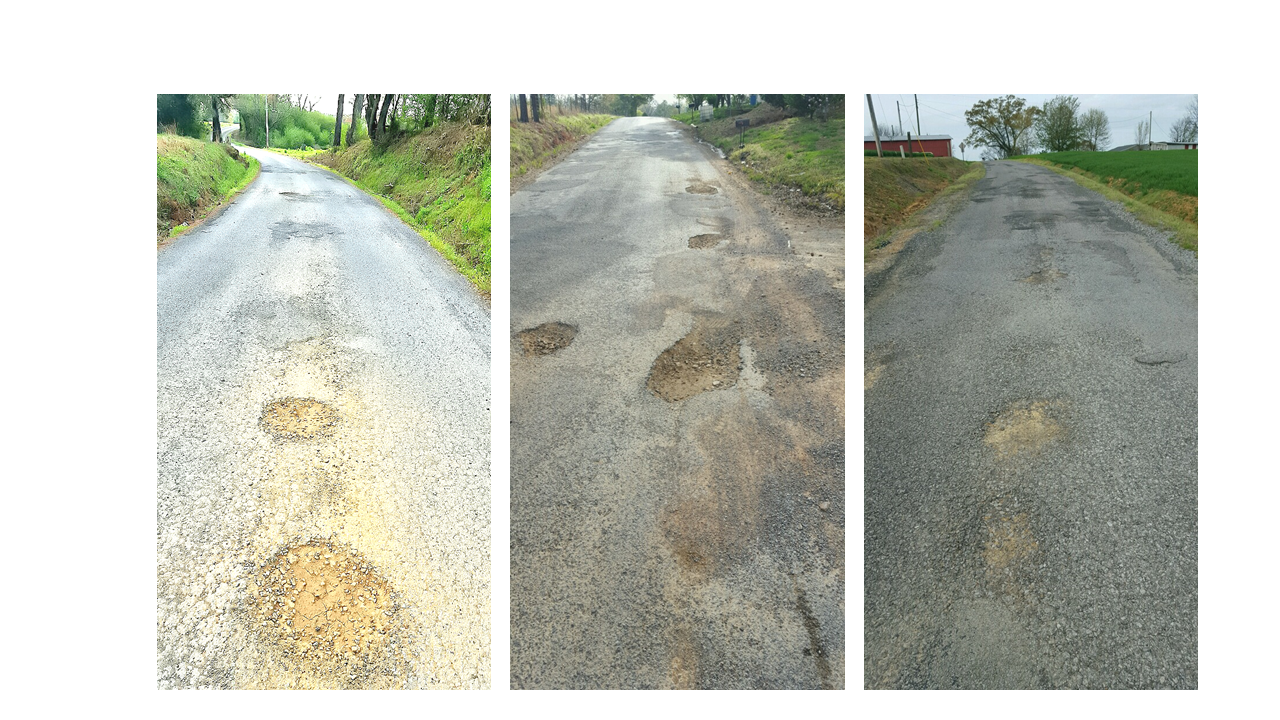CULLMAN – As Cullman County continues to recruit new businesses and the retail market improves dramatically, the streets become busier and the once small southern town with small southern town charms starts developing bigger problems.
These problems would be of no issue with the adequate infrastructure and the institutions running at full capacity in order to maintain it – but that is not the case.
The Cullman County Road Department and City Street Department are each operating with severely underfunded budgets, and underemployment.
“I currently have about 25 people at my disposal right now, but I could easily use 10 more,” said Cullman City Street Department Superintendent, Scotty Talley. “And that wouldn’t necessarily even make sure we could stay ahead of all the problems, but it would help us stay from getting three and four months behind.”
Tally, who is in his first year as the superintendent of the street department, has been working with the department for more than 18 years.
“I started on a crew and worked my way up,” he said. “I have definitely seen the growth of Cullman affect the ability of our crews to keep up with the demand for repairs and basic maintenance.”
The county and city road and street departments each receive funding from a state fuel tax, with the county receiving the majority of its funding from this tax. Cullman has grown exponentially since 1992, meanwhile, that is the last year in which the fuel tax was addressed. The fuel tax, which currently stands at $0.06 per gallon, would be about $0.10, adjusted for inflation. (See http://qrne.ws/costofliving)
HBO comedian John Oliver highlighted Alabama’s lack of interest in maintaining dams in a take-down piece of the entire country’s disregard for infrastructure’s importance. (See http://qrne.ws/johnoliver)
“Alabama doesn’t even have an inspection agency to monitor its 2,000-plus dams. Zero inspectors. That means the state of Alabama has exactly the same number of dam inspectors as the band Alabama,” Oliver said.
While the total budget for the County Road Department is around $8 million annually, “the allotment for road building materials within our budget is approximately 1.3 million,” said Cullman County Head Engineer, John Lang.
According to Lang, the cost of resurfacing a 1-mile stretch of county road is $85,000, and that resurfacing has a lifecycle of 10 years.
The cost to base, tar and gravel a 1-mile stretch of road is $40, and that job has a lifecycle of seven years.
In order to resurface each paved road with tar and gravel at the end of each lifecycle, the Cullman County Street Department needs to pave 215 miles-per-year with tar and gravel, and 150 miles-per-year with asphalt. The cost of this basic maintenance is $9.2 million, and $13.6 million for each respective method.
There is a deficit of $14.8 million dollars that the county deals with annually and has been dealing with since 1992. This deficit in funding has been unaddressed for over 24 years. Even though there is growing recognition of the national, state and local problem, it is the citizens who must act. (See http://www.drivealabama.org/news/judge-david-money-we-need-a-solution-for-alabamas-declining-infrastructure/)
Infrastructure is something that is not a remarkable topic, unless discussing modern engineering marvels such as the Hoover Dam and the Panama Canal. Pushing for four-cent fuel-tax increases is an infinitely less-glamorous endeavor. However, it is much more important.
“I deal with the county funding crisis,” said Lang. “The discrepancy is starkest in the county where you can see roads that were once paved that are just turning to dirt. I try to educate the people. We are stuck with the buying power of 1992 money in 2016. It is not a matter of opinion, but a mathematical fact that if funding does not increase there will be drastic and economically devastating consequences.”
To learn more, visit http://www.drivealabama.org/advocacy/. To contact representatives, see http://www.drivealabama.org/join-us/contact-your-legislators/.




























